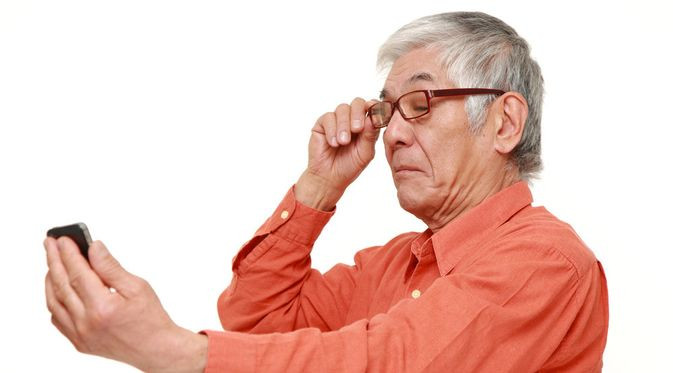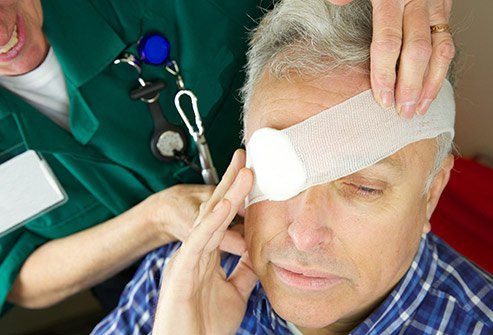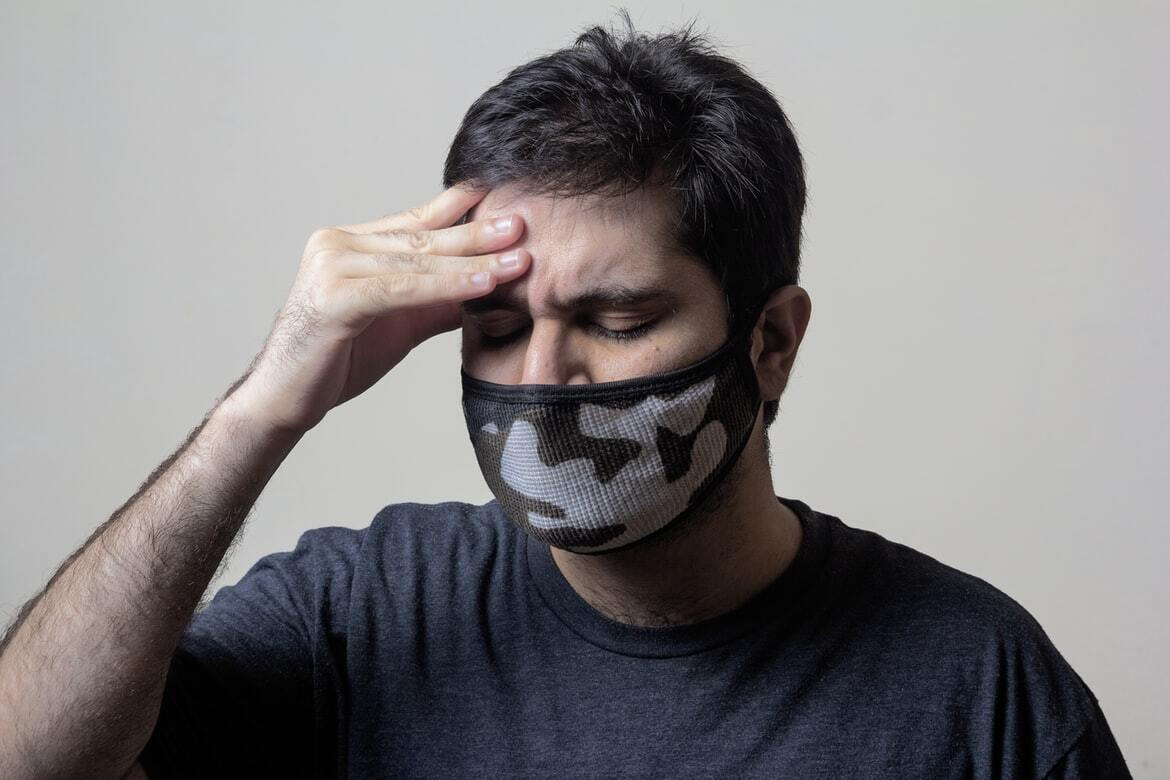Definisi
Retinopati adalah kerusakan pada retina, lapisan bagian dalam bola mata yang berfungsi untuk menangkap cahaya. Cahaya ini kemudian diteruskan dalam bentuk sinyal saraf untuk diteruskan ke otak. Retina merupakan jaringan yang membutuhkan banyak oksigen dan nutrisi dari darah. Kerusakan pada pembuluh darah akan sangat memengaruhi retina sehingga lebih mudah mengalami kerusakan.
Penyebab
Retinopati dapat disebabkan oleh berbagai kondisi, namun yang tersering adalah retinopati diabetikum. Kontrol gula darah yang buruk pada penyakit diabetes dapat menyebabkan kondisi ini. Retinopati diabetikum dibagi menjadi dua, yaitu nonproliferatif dan proliferatif. Retinopati diabetikum nonproliferatif terjadi ketika terdapat penipisan pembuluh darah mata sehingga dapat menyebabkan kebocoran atau pecahnya pembuluh darah. Jika hal ini terjadi pada makula, salah satu bagian dari saraf penglihatan, makula akan membengkak dan penglihatan pun terganggu. Sementara itu, pada retinopati diabetikum proliferatif, terjadi proliferasi pembuluh darah (pembentukan pembuluh darah baru) yang lebih rapuh dan tumbuh secara acak. Pembuluh darah baru ini mudah pecah sehingga darahnya dapat menghalangi cahaya ke retina.
Selain retinopati diabetikum, retinopati yang sering terjadi lainnya adalah retinopati hipertensi. Retinopati ini disebabkan oleh hipertensi (tekanan darah tinggi). Hipertensi yang terjadi secara kronis (lama) dapat menyebabkan pembuluh darah lebih sempit dan kaku sehingga pembuluh darah pun rusak. Kerusakan ini pada akhirnya menyebabkan pembuluh darah menebal dan semakin sempit.
Retinopati lainnya terjadi pada bayi prematur atau lahir kurang bulan, disebut sebagai retinopathy of prematurity (ROP). Retinopati ini terjadi akibat terlalu tingginya kadar oksigen yang diberikan pada bayi tersebut. Kadar oksigen yang terlalu tinggi ini menyebabkan sel-sel mengalami “stres” sehingga terjadi kerusakan.
Retinopati lainnya yang dapat terjadi seiring usia adalah age-related macular degeneration (AMD). Kerusakan pada makula seiring usia menyebabkan penglihatan pada lapang pandang tengah menjadi terganggu.
Faktor Risiko
Faktor risiko retinopati adalah adanya penyakit diabetes atau gula darah tinggi serta tekanan darah tinggi. Selain itu, faktor risiko lainnya adalah adanya peradangan dan kurangnya antioksidan pada diabetes. Pada hipertensi, faktor risiko yang dapat memengaruhi terjadinya retinopati adalah durasi hipertensi, usia tua, dan tekanan darah sistolik. Sementara itu, ROP memiliki faktor risiko berupa berat badan lahir lebih rendah dari 1.250 gram. AMD banyak terjadi pada usia di atas 60 tahun.
Gejala
Gejala retinopati adalah penurunan tajam penglihatan tanpa disertai dengan mata merah. Gejala lainnya yang dapat muncul adalah sensasi melihat bayangan terbang (floaters) dan sering tersandung karena lapang pandang menyempit. Keluhan seperti nyeri pada mata dan nyeri kepala dapat dirasakan apabila penyebab retinopati adalah tekanan darah yang terlalu tinggi (hipertensi maligna). Namun, pasien dapat datang tanpa gejala jika kerusakan belum terlalu parah.
Diagnosis
Diagnosis retinopati dapat dilakukan dari pengukuran tekanan darah dan pengukuran kadar gula darah, baik sewaktu, puasa, atau melalui HbA1c untuk mengecek kontrol gula darah. Pemeriksaan umum lainnya seperti bunyi jantung, pemeriksaan paru, dan pemeriksaan saraf dapat dilakukan untuk menentukan adanya komplikasi hipertensi. Dokter juga dapat menanyakan riwayat penyakit Anda seperti diabetes dan tekanan darah tinggi, sebagai dua faktor risiko tersering retinopati. Dokter juga dapat menanyakan riwayat penyakit seperti stroke, transient ischemic attack (TIA, seperti stroke namun gejala hilang di bawah 24 jam), riwayat penyakit pada pembuluh darah, dan riwayat gagal jantung.
Selanjutnya, dokter dapat melakukan pemeriksaan pada mata. Pemeriksaan dapat dimulai dengan fungsi penglihatan seperti tajam penglihatan, refleks cahaya, dan lapang pandang. Selanjutnya, dokter dapat pula mengecek bola mata bagian depan untuk mencari tanda-tanda kerusakan mata karena kondisi yang mendasari. Pada retinopati diabetikum, dokter dapat mencari adanya katarak serta pembuluh darah baru pada selaput pelangi.
Dokter juga akan melakukan pemeriksaan ke dalam bola mata menggunakan alat bernama oftalmoskop. Sebelum pemeriksaan dilakukan, dokter akan meneteskan obat yang dapat melebarkan pupil (bagian hitam di tengah bola mata). Pada pemeriksaan oftalmoskop, dokter akan mencari adanya kelainan pada struktur pembuluh darah dan makula. Selain itu, dokter akan mencari adanya bercak perdarahan serta penumpukan lemak dan protein.
Pencitraan yang dapat dilakukan adalah fluorescein angiography, yaitu sebuah prosedur untuk melihat seberapa jauh pembuluh darah menyebabkan kekurangan oksigen pada jaringan. Prosedur ini dapat pula digunakan untuk mengetahui adanya kerusakan pada pembuluh darah retina.
Tata Laksana
Tata laksana retinopati sangat tergantung dari jenisnya. ROP sebagian besar terjadi pada stadium yang cukup ringan, sehingga kondisi tersebut dapat membaik dengan sendirinya. Sementara itu, retinopati akibat diabetes, hipertensi, atau AMD hanya dapat dicegah perburukannya. Dokter dapat memberikan obat suntik untuk menurunkan kadar vascular epithelial growth factor (VEGF), sebuah zat yang berpengaruh terhadap pembentukan pembuluh darah baru yang rapuh.
Pada retinopati diabetikum, terutama jenis proliferatif, pilihan utama terapi adalah fotokoagulasi laser. Prosedur ini dilakukan untuk membebaskan pembuluh darah yang tersumbat dan kekurangan oksigen sehingga VEGF tidak dihasilkan. Sementara itu, pada retinopati hipertensi, pilihan terapi adalah kontrol tekanan darah dengan obat-obatan untuk darah tinggi.
Jika Anda sudah mengetahui bahwa Anda memiliki kondisi retinopati, waspada saat berolahraga sangat diperlukan. Olahraga dapat meningkatkan risiko pecahnya pembuluh darah atau lepasnya lapisan retina dari lapisan di bawahnya. Selain itu, olahraga yang dapat menaikkan tekanan darah sebaiknya dihindari. Lakukan olahraga ringan atau Anda dapat meminta saran olahraga yang tepat kepada dokter.
Komplikasi
Komplikasi retinopati adalah perdarahan vitreus, yaitu cairan mirip gel yang memberikan bentuk pada bola mata. Perdarahan ini dapat disebabkan oleh pecahnya pembuluh darah baru yang lebih rapuh pada mata. Lepasnya retina dari struktur di bawahnya juga dapat terjadi akibat kondisi ini. Pembentukan pembuluh darah baru pada selaput pelangi dapat menyebabkan glaukoma akibat pembuluh darah baru yang dapat merusak saluran keluar cairan pada bola mata bagian depan. Retinopati hipertensi dapat mengakibatkan sumbatan pembuluh darah pada mata. Lebih parah lagi, retinopati dapat berakibat pada kerusakan saraf penglihatan yang selanjutnya berujung pada kebutaan.
Pencegahan
Retinopati dapat dicegah pada sebagian besar kasus, terutama pada retinopati akibat diabetes dan hipertensi. Ada beberapa hal yang dapat dilakukan sendiri di rumah untuk membantu pencegahan retinopati:
- Patuh mengonsumsi obat sesuai anjuran dokter. Konsumsi obat sesuai anjuran dokter dapat membantu Anda mengontrol gula darah dan tekanan darah.
- Jaga berat badan Anda. Berat badan ideal dapat menurunkan risiko terhadap berbagai komplikasi diabetes dan hipertensi.
- Mengatur pola makan sehat. Pola makan sehat dapat membantu Anda menurunkan kadar gula darah. Pola makan sehat ini dapat berupa pengaturan diet.
- Jaga pola hidup sehat. Anda dapat berhenti merokok dan mengonsumsi alkohol supaya kerusakan pembuluh darah tidak terjadi, serta kadar lemak dan protein tubuh seimbang.
Kapan Harus ke Dokter?
Jika Anda mengalami penurunan penglihatan yang berangsur-angsur semakin parah, disertai dengan adanya diabetes atau darah tinggi, segeralah ke dokter. Gejala ini tidak khas untuk retinopati, namun retinopati dapat menjadi salah satu alternatif diagnosis. Terjadinya retinopati merupakan tanda bahwa kontrol gula darah atau tekanan darah Anda tidak cukup untuk mencegah terjadinya komplikasi dari diabetes ataupun hipertensi.
Mau tahu informasi seputar penyakit lainnya? Cek di sini, ya!
- dr Nadia Opmalina
Kim, J., Feldman, B., Shah, V., Tripathy, K., Rana, H., & Hsu, J. (2021). Diabetic Retinopathy - EyeWiki. Retrieved 28 November 2021, from https://eyewiki.aao.org/Diabetic_Retinopathy
Kim, J., Mehta, J., Feldman, B., Shah, V., Tripathy, K., & Kiernan, D. (2021). Hypertensive Retinopathy - EyeWiki. Retrieved 28 November 2021, from https://eyewiki.aao.org/Hypertensive_Retinopathy
Stone, W., Patel, B., & Basit, H. (2021). Retinopathy. Retrieved 28 November 2021, from https://www.ncbi.nlm.nih.gov/books/NBK541131/












